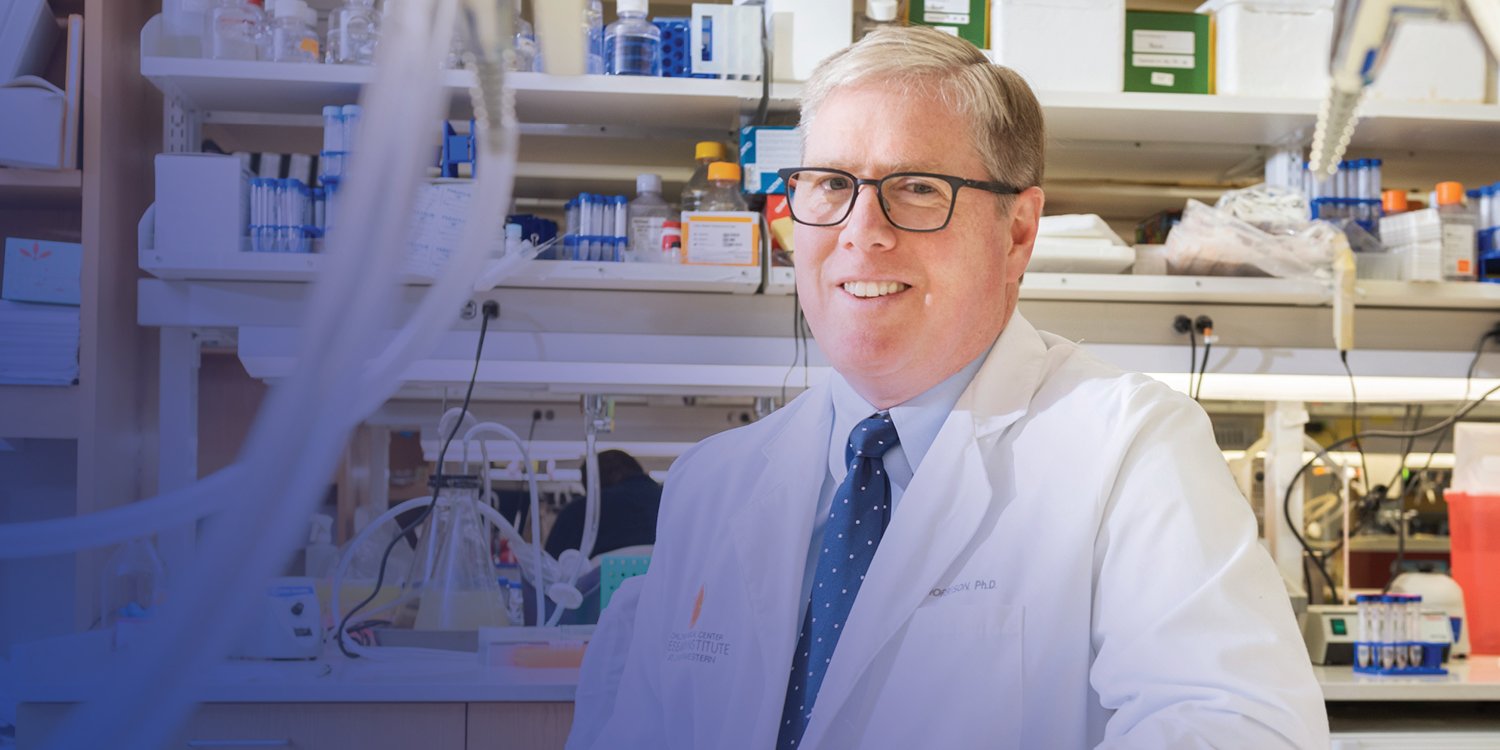
RESEARCHERS IDENTIFY MECHANISM BY WHICH EXERCISE STRENGTHENS BONES AND IMMUNITY
In 2021, scientists at CRI identified the specialized environment, known as a niche, in the bone marrow where new bone and immune cells are produced.
The study also shows that movement-induced stimulation is required for the maintenance of this niche, as well as the bone and immune-forming cells that it contains. Together, these findings identify a new way that exercise strengthens bones and immune function.
Researchers from the Morrison laboratory discovered that forces created from walking or running are transmitted from bone surfaces along arteriolar blood vessels into the marrow inside bones. Bone-forming cells that line the outside of the arterioles sense these forces and are induced to proliferate. This not only allows the formation of new bone cells, which helps to thicken bones, but the bone-forming cells also secrete a growth factor that increases the frequency of cells that form lymphocytes around the arterioles. Lymphocytes are the B and T cells that allow the immune system to fight infections.
When the ability of the bone- forming cells to sense pressure caused by movement, also known as mechanical forces, was inactivated, it reduced the formation of new bone cells and lymphocytes, causing bones to become thinner and reducing the ability of mice to clear a bacterial infection.
“As we age, the environment in our bone marrow changes and the cells responsible for maintaining skeletal bone mass and immune function become depleted. We know very little about how this environment changes or why these cells decrease with age,” said Sean Morrison, Ph.D., the director of CRI and a Howard Hughes Medical Institute Investigator. “Past research has shown exercise can improve bone strength and immune function, and our study discovered a new mechanism by which this occurs.”
